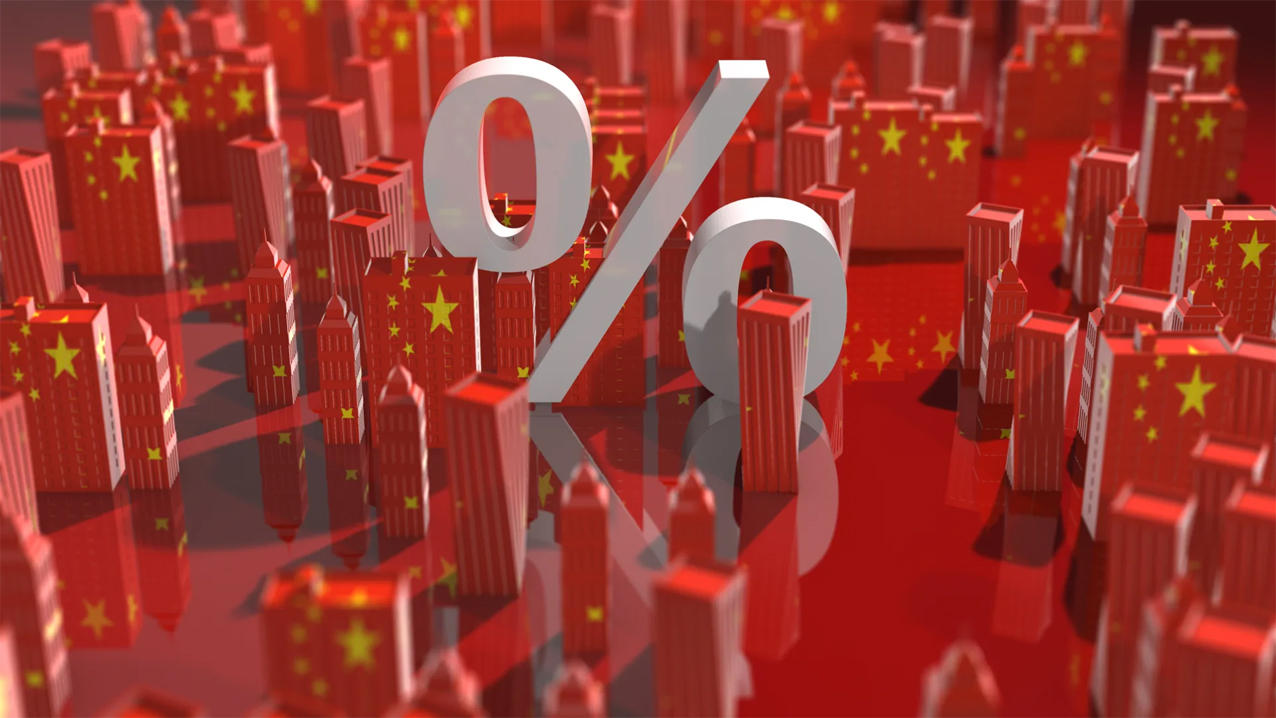By Naeem Aslam
Market sentiment is pretty much negative among traders and investors due to the Chinese economic data, which missed the forecast and raised concerns that the second-biggest economy in the world is suffering from a crisis.
Going into Monday, traders and investors were highly focused on China’s GDP data, and they were hoping that the country’s economic data would print a decent reading if not a strong one.
But the number confirmed that the Chinese GDP printed a reading of 6.3% for the second quarter, which was 0.8% lower than the previous quarter and a 2.2% drop in GDP on a quarter-on-quarter basis.
The country set a goal of achieving 5% growth in 2023, and the lawmakers are still confident that they can revive growth despite enormous geopolitical and economic challenges.
Traders should not be overly pessimistic about the Chinese economic numbers because the PBOC is fully committed to growth-related policies and is implanting the right policies to stimulate growth.
Monday’s numbers may be soft, but the narrative among policymakers isn’t pessimistic as they continue to assure international market players that good days are ahead of them.
In terms of US futures and European markets, there are plenty of firecrackers to which traders need to continue paying attention.
Firstly, the focus will shift to the inflation data, and fresh numbers will be released from the UK, Canada, and Japan this week. There are massive expectations that the inflation numbers in the UK will see a massive reading this time, and the data will pick up its lagging element.
In addition, we will have the US Retail Sales, which will tell us the real position of consumer spending. Nothing out of the ordinary is expected as inflation continues to remain a challenge for them.
Also, traders will continue to focus on earnings as more banks report their numbers, while they pay close attention to earning numbers from airlines and tech earnings.
Gold bulls outnumber bears
When it comes to the price of gold, traders continue to remain very attached to the Fed’s monetary policy stance. We all know that we are not far from the 2-handle in terms of inflation, and this means that the massive pressure that was on the Fed is no longer there.
This means that the Fed doesn’t need to be aggressive with its monetary policy, and that there is no strong need for the Fed to hike interest rates any further.
Although many believe that there is a possibility of one more rate hike from the Fed, which could bring one final threat to the gold price. But looking at the price action of the precious metal, it is safe to say that there are more bulls than bears in the market.
Oil seeks direction
Oil prices are also adversely influenced as traders continue to look towards China for growth-related demand.
The data shows the second-biggest economy in the world is struggling to impress with its economic numbers, and growth on a quarter-on-quarter basis is downward trending. This isn’t the best-case scenario for many, as everything is very much pinned on the fact that Chinese demand will pick up sharply, which will mitigate the need for OPEC to continue to intervene in the market by cutting supply.
Overall, both WTI crude and Brent oil prices continue to trade out of danger, as the price level that brings threats for many oil bulls is when the price for crude oil falls below the level of $70.
Naeem Aslam is Chief Investment Officer at Zaye Capital Markets.
The views and opinions expressed herein are the views and opinions of the author and do not necessarily reflect those of Zaye Capital Markets.







